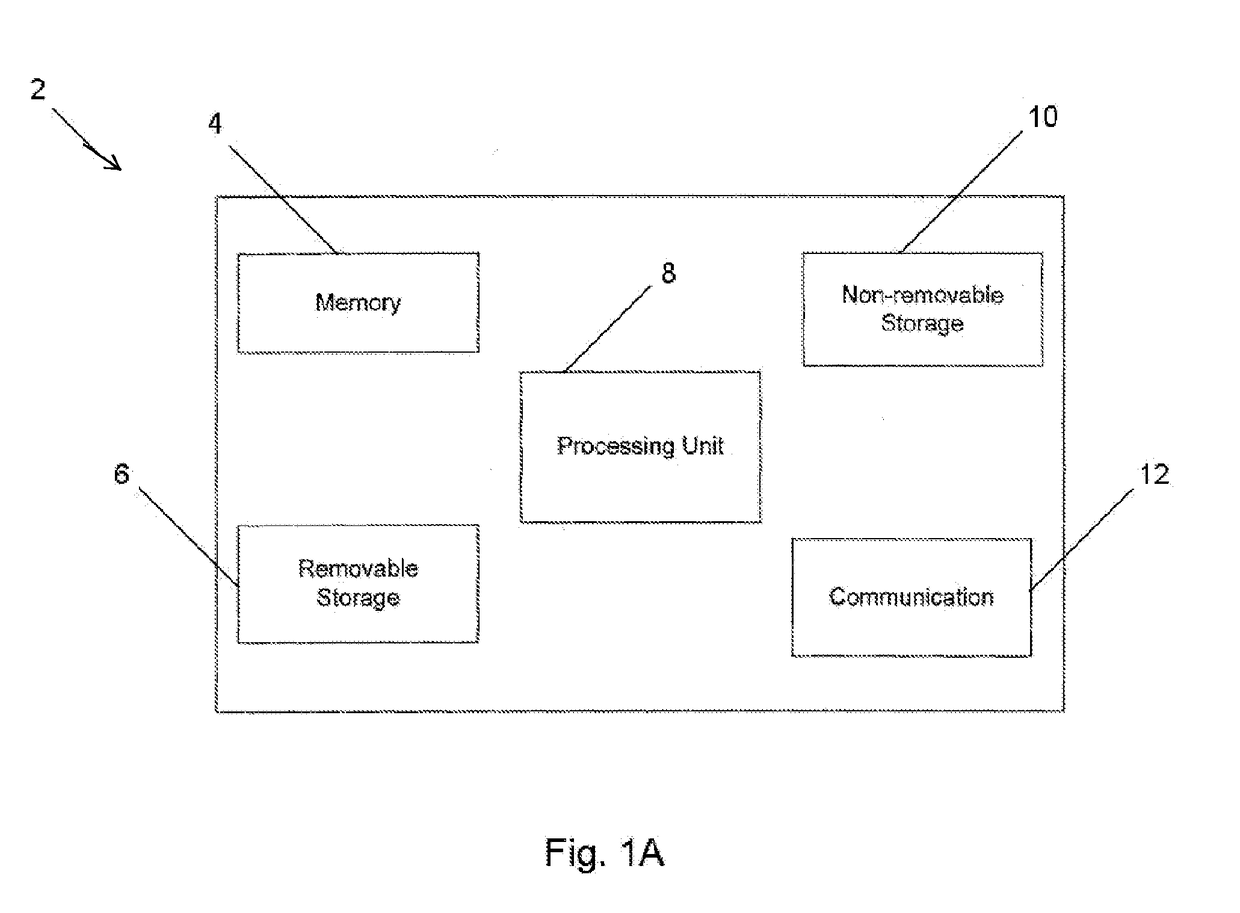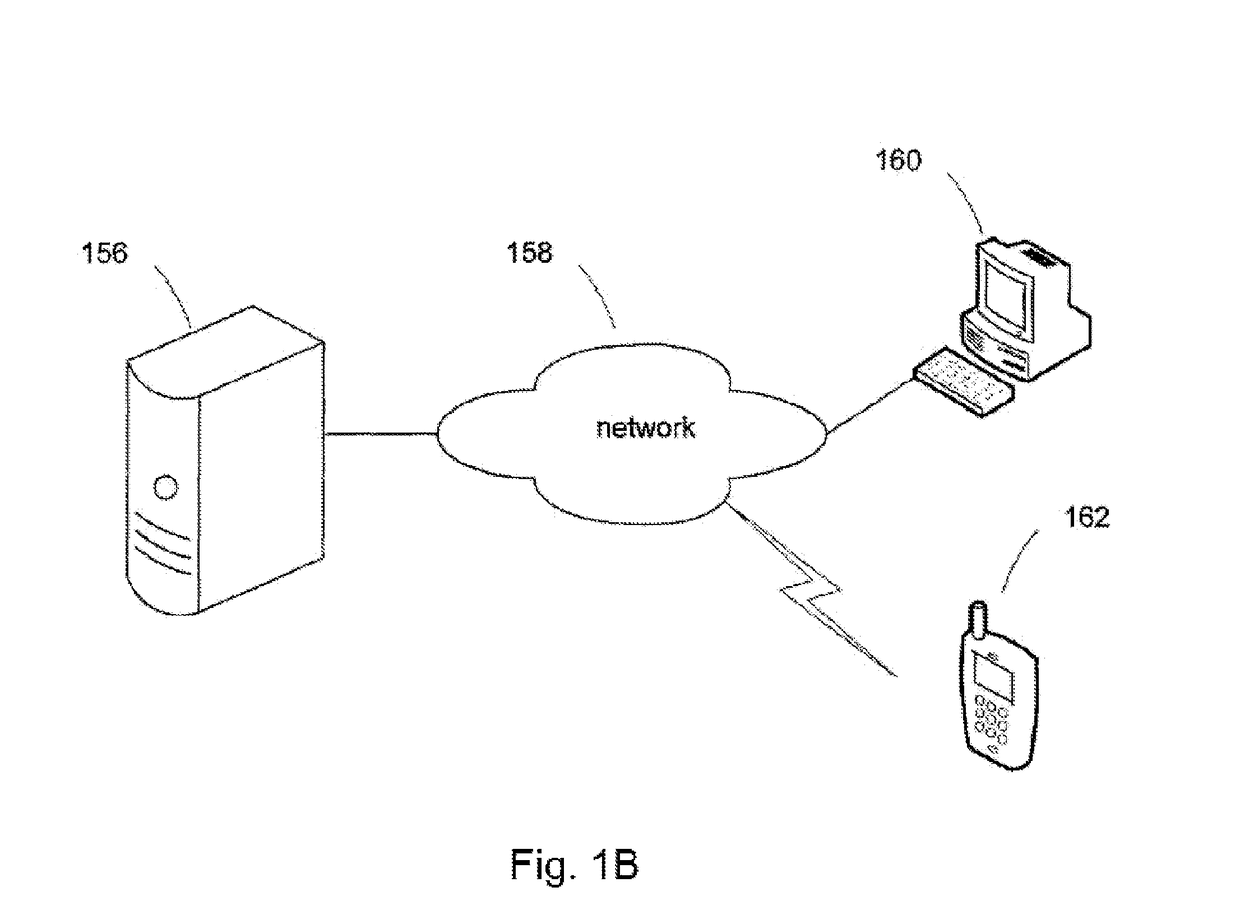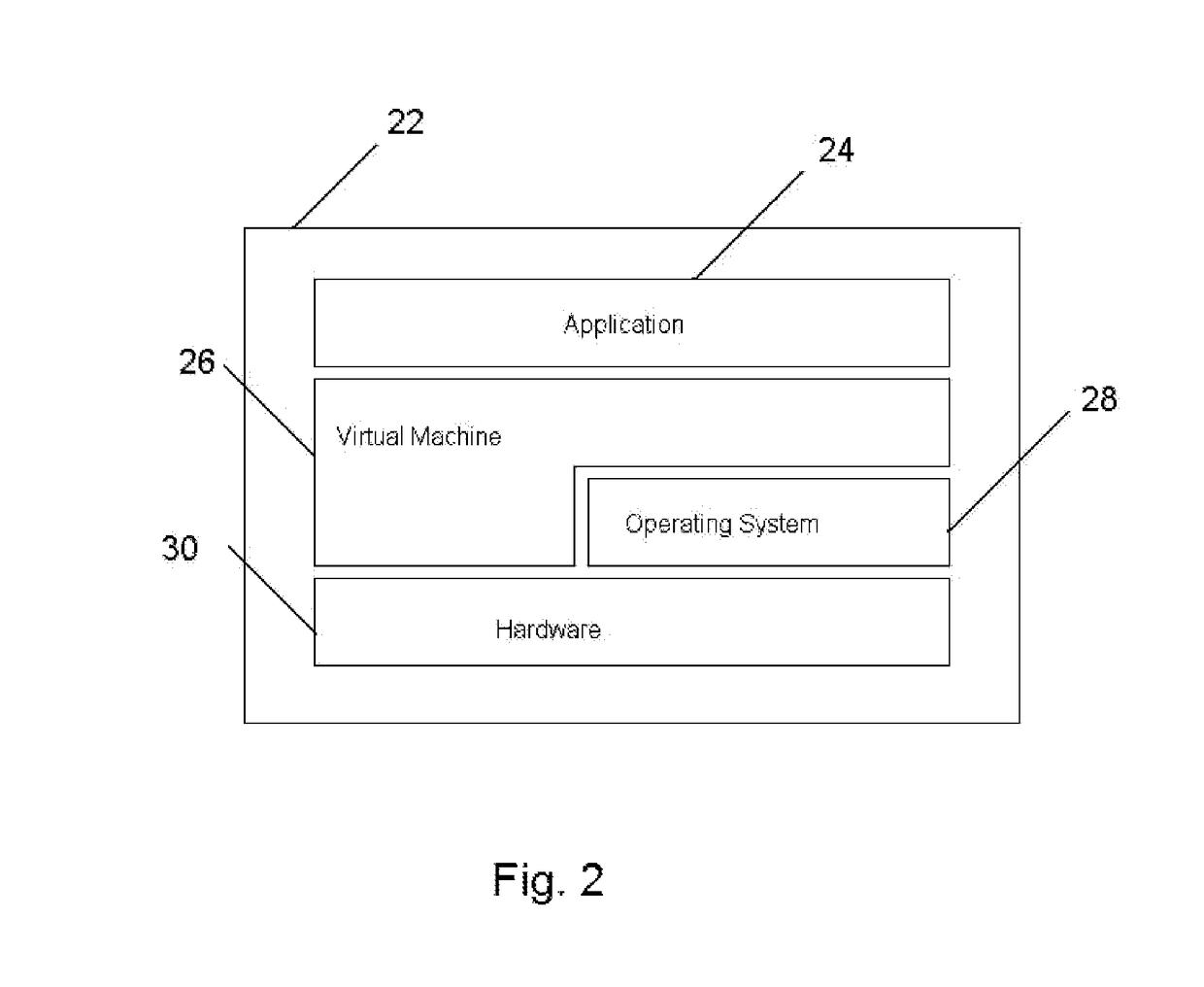Method of instruction location randomization (ILR) and related system
a technology of instruction location and randomization, applied in the field of instruction location randomization, can solve the problems of inability to thoroughly mitigate the threat of format string, memory corruption, fixed-width integer computation errors, etc., and achieve the effect of low runtime overhead and no user interaction
- Summary
- Abstract
- Description
- Claims
- Application Information
AI Technical Summary
Benefits of technology
Problems solved by technology
Method used
Image
Examples
examples
[0104]Practice of an aspect of an embodiment (or embodiments) of the invention will be still more fully understood from the following examples and experimental results, which are presented herein for illustration only and should not be construed as limiting the invention in any way.
Experimental Setup
[0105]The following examples were evaluated using the SPEC CPU2006 benchmark suite. The benchmarks include processor, memory, and compiler stressing. The benchmarks are provided as source, and were compiled with gcc, g++, or gfortran as dictated by the program's source code. The benchmarks were compiled at optimization level −O2, and used static linking Static linking was used to, among other things, test the effectiveness of various embodiments of the invention at unpacking and arbitrarily relocating large bodies of code. Furthermore, placing all the code packages into one executable increased the attack surface of the programs, making them more vulnerable to an attack. The experiments ...
example set no.1
Example Set No. 1
Arc-Injection Attack on Student Grading Program
[0106]A small program (44 lines of code) was constructed implementing a simple stack-based buffer overflow. The program assigned grades to students based on an input, such as the student's name. If left unprotected, a malicious input might cause a buffer overflow, enabling an attack. An arc-injection attack was created such that the program would print out a grade of “B” when the student should have received a “D.” Both address space layout randomization (ASLR) and W⊕A were unable to thwart the arc-injection attack. ASLR proved ineffective because only the unrandomized addresses in the main program were used, not the randomized addresses. W⊕A was also ineffective because the attack only relied on instructions that were already part of the program. An embodiment of the invention, however, was able to prevent the attack.
example set no.2
Example Set No. 2
Return-Oriented Programming Attack on Student Grading Program
[0107]A return-oriented programming (ROP) attack was constructed and subjected to the same grading program as described in Example Set No. 1. The ROP attack was designed to cause the grading program to initiate a shell program, printing the affected student's grade as an A. Both ASLR and W⊕A were unable to defeat the ROP attack, but an embodiment of the invention successfully defended the grading program.
PUM
 Login to View More
Login to View More Abstract
Description
Claims
Application Information
 Login to View More
Login to View More - R&D
- Intellectual Property
- Life Sciences
- Materials
- Tech Scout
- Unparalleled Data Quality
- Higher Quality Content
- 60% Fewer Hallucinations
Browse by: Latest US Patents, China's latest patents, Technical Efficacy Thesaurus, Application Domain, Technology Topic, Popular Technical Reports.
© 2025 PatSnap. All rights reserved.Legal|Privacy policy|Modern Slavery Act Transparency Statement|Sitemap|About US| Contact US: help@patsnap.com



